India, US draw strategically closer in shifting global geopolitics
Most major Asian nations have deep concerns about Chinese assertiveness and hegemonic orientation under President Xi Jinping, writes Cmde C Uday Bhaskar (retd) for South Asia Monitor
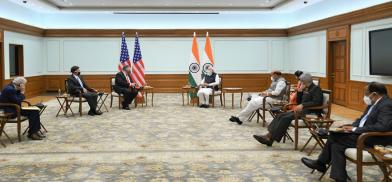
India and the USA concluded their 2 plus 2 inter-ministerial meeting in Delhi on Tuesday (Oct 27) by welcoming the elevation of the bilateral relationship to a Comprehensive Global Strategic Partnership and the signing of various agreements including the long-pending BECA (Basic Exchange and Cooperation Agreement) for geospatial intelligence. This is the fourth in a cluster of foundational agreements that the USA enters into with any nation that is seeking a closer defence partnership with it. Currently, Washington has signed the BECA with 57 nations.
The 2 plus 2 format brings together the Defence and Foreign Ministers of both nations and while Indian Defence Minister Rajnath Singh met his US counterpart, Secretary for Defense Mark Esper on Monday (Oct 26), they were later joined by Indian Foreign Minister Subrahmanyam Jaishankar and US Secretary of State Mike Pompeo the following day.
The joint statement is indeed comprehensive and envisions cooperation in a wide spectrum that includes: the Covid 19 pandemic; Indo-Pacific issues related to Global Leadership (sub-text China); advancing defence and security partnership that was first mooted in 2005; energy including civilian nuclear and hydrocarbons; terrorism; investment-infrastructure; trade networks; information and communication technologies including 5G; alternate medicine including ayurveda; and cybersecurity.
From 'estranged' to strategic partners
It merits recall that India and the USA are ‘strange’ partners, given that their bilateral was firmly ‘estranged’ for three decades plus over security and strategic matters – particularly the nuclear nettle. India resisted the US pressure to sign the NPT (nuclear non-proliferation treaty) as a non-nuclear-weapon state and forego its nuclear weapon option in perpetuity. Delhi considered this to be an untenable demand given the anxiety that a nuclear-armed China posed to India. The issue was resolved when India exercised the option and became a nuclear weapon state in 1998.
After a gradual, albeit reluctant rapprochement that the Clinton administration began in early 2000, the Bush team in 2005 recognized the merit of entering into a partnership with a democratic India to safeguard and advance core US interests. This was the basis for the June 2005 US-India defence cooperation agreement and the civilian nuclear protocol that followed.
At the time Beijing and its long term objective to seek hegemony was alluded to in an unstated manner as a strategic challenge to both countries but it was also acknowledged that the ‘peaceful rise of China’ would be beneficial for global peace and prosperity. However, a series of events in 2020 that began with the Covid 19 pandemic, the breakdown in US-China relations, Chinese assertiveness in the South China Sea and, most recently, the Chinese PLA intrusion across the LAC (Line of Actual Control) with India have altered the politico-military frame of reference for both nations.
Thus in the section of the Oct 27 joint statement that dwells on a Shared Vision for the Indo-Pacific and Global Leadership, the ministers “reiterated their commitment to maintaining a free, open, inclusive, peaceful, and prosperous Indo-Pacific built on a rules-based international order, underpinned by ASEAN centrality, rule of law, sustainable and transparent infrastructure investment, freedom of navigation and overflight, mutual respect for sovereignty, and peaceful resolution of disputes.”
The China factor
In itself this is boilerplate diplomatic phraseology that both the USA and India have used over the years since South China Sea and Beijing’s flexing of military muscle disturbed the regional status quo. However, in the media interaction in Delhi, Pompeo was explicit in castigating China. He asserted that for the USA “the Chinese Communist Party is no friend to democracy, the rule of law and transparency.” Referring to the Ladakh/Galwan valley incident in mid-June, Pompeo assured his hosts that the USA would “stand with the people of India to confront threats to their sovereignty and to their liberty.”
In keeping with Delhi’s reticence to name China in public or criticize it for its LAC intrusion, the Indian ministers were more circumspect. This was prudent since it is better that the LAC issue be addressed bilaterally, though Defence Minister Singh (speaking in Hindi) noted that India was being “challenged by reckless aggression on our northern border.”
Earlier the visiting US ministers paid homage to the Indian soldier at the National War Memorial and Pompeo highlighted the sacrifices made by the Indian military to safeguard democracy “including 20 that were killed by the PLA forces in Galwan valley.”
The reaction from Beijing was predictable and the Foreign Ministry spokesperson termed the Pompeo remarks as “groundless” and urged the USA to “stop sowing discord between China and regional countries as well as undermining regional peace and stability.”
Changing Asian geopolitics
Most major Asian nations have deep concerns about Chinese assertiveness and hegemonic orientation under President Xi Jinping. They are in a quandary about balancing their trade-economic interests which are more meshed with China and the reality that their deeper insecurity apropos Beijing is assuaged by Washington. India and Japan are in a similar contrarian bind.
While the potential of the US-led Quad was also noted in the Delhi joint statement as a means to promote a concert of maritime democracies in the Indo-Pacific, a different geopolitical framework is on the horizon. India is no doubt moving closer to the USA as part of this new global strategic partnership, but it remains militarily linked to Moscow in a complex manner.
Russia itself is seeking to reach a certain equipoise in its relations with China and India at one level and with the USA at the global plane. In an elliptical manner, Russian President Putin has not ruled out the possibility of a future China-Russia military alliance. This strategic 'Quad' involving the USA, China, Russia and India is embedded in the subtext of the Delhi 2 plus 2 deliberations and much will depend on the outcome of the Chinese Communist Party Congress now underway in Beijing and the November 3 election in the USA.
(The writer is Director, Society for Policy Studies - SPS. The views expressed are personal)




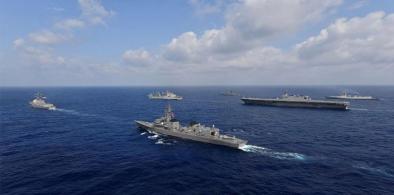
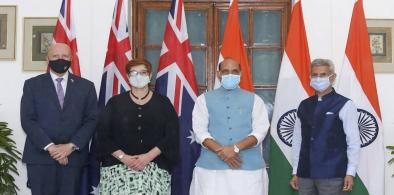
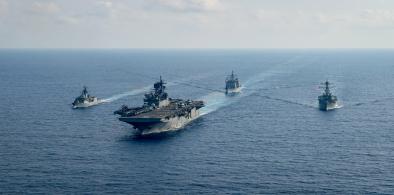
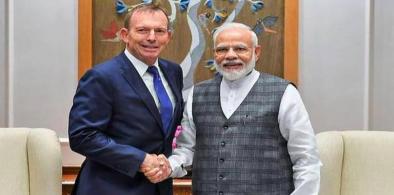
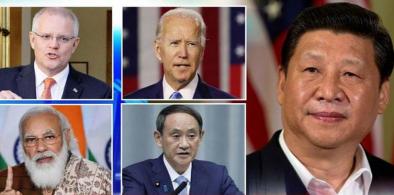
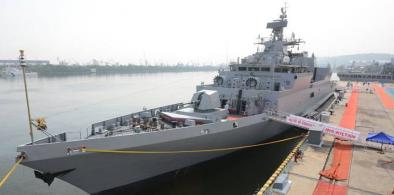
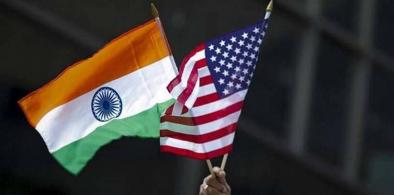
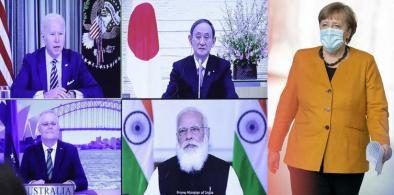







Post a Comment